The Case of the Perfect Sofa
Tracking down the right sofa doesn't have to be a wild goose chase in a blind alley. Just follow the clues!
Company Informations:
Le Health Office Furniture Manufacturer
www.letbackrest.com
Address: No.12, Nanhua Road, LongJiang ,Shunde,Foshan, Guangdong, China (Mainland)
Email: sale@letbackrest.com
skype: kinmai2008
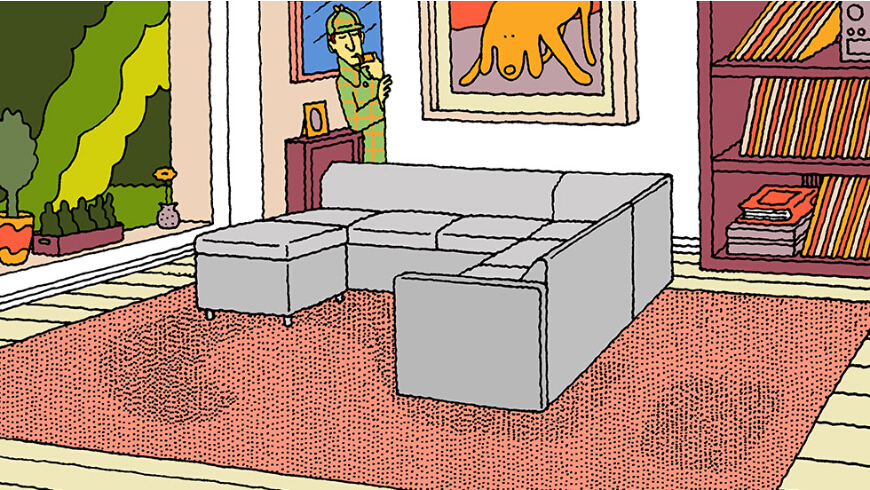
4:59 AM, and the rest of the city sleeps. You’re restless. The kitchen floor is cold on your feet as you spark up the espresso machine and wait for the red light to turn green. Something’s not right, and you can’t put your finger on it. You turn slowly and your gaze stops at your sofa. It sits there, an imposter, a relic of a life you’ve left behind. It’s got to go. But what about the void it would leave behind? Somewhere in the distance, a foghorn sounds: So-FAHHHHHH. So-FAHHHHHH. Sounds like a threat. It’s a crazy mixed up world, and finding that perfect sofa seems like the last thing that would ever happen to you. The floor’s still cold—waiting for the red light to turn green.
Relax. The process of picking a sofa can be a little mysterious, sure. But don’t let it scare you off—rather than entering into it reluctantly, think of the process as a surprisingly fun mystery to be solved: the Case of the Perfect Sofa. In order to crack the case, you need to play the Detective and search for clues that will point you in the right direction. Through a bit of careful self-investigation on how you want your sofa to perform (and a bit of sleuthing on how sofas are made), you can easily deduce which sofa, out of the thousands that exist in the world, is guilty of being perfect. In the end, as with any mystery worth its salt, the clues you’ll encounter will likely point to a surprising conclusion—with some twists and turns along the way.
Clue 1: Deduce the Style.
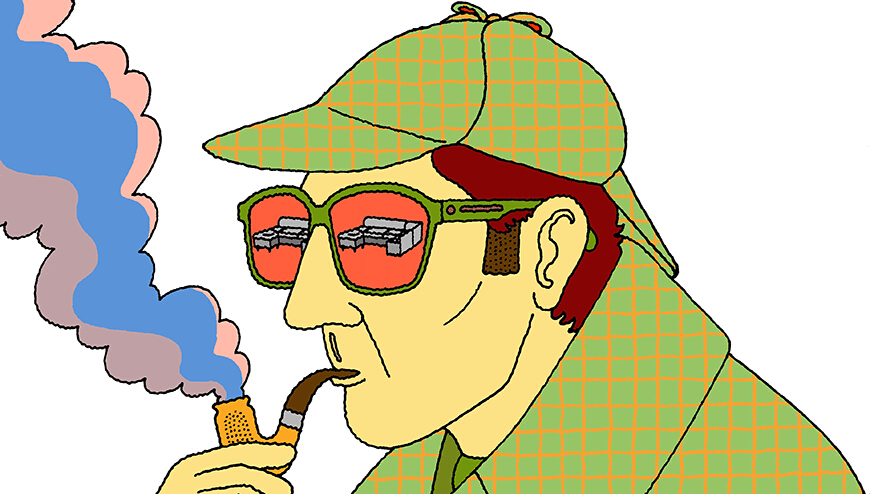
The most abstract of all the small sofa decisions that you will make en route to the big sofa decision has to do with style. Are you interested in a trim, graceful sofa that floats like a ballerina en pointe, or a more generous model that hugs the floor and says “dude, let’s you and me eat a big thing of chili”? Your sofa sets the tone for the rest of your living area, so you’ve got to be honest with yourself and really get this right. Take a few days (or weeks, even—no need to rush) and start paying attention to what different sofas “say” in different contexts. You might even need to start seeing the world through “sofa goggles”—invisible vision-filters that separate all objects into two piles: sofas, and everything else. Wear your sofa goggles with pride as you search for the designs that strike a chord. Snoop around hotel lobbies, cocktail lounges, museum cafes, and other places where sofas lurk. Take pictures of what you like. Develop some crushes, but try not to fall in love with anything yet—you still have a lot more clues to uncover.
The volume of a sofa is very important. How does it engage the floor? How does it engage the space around it? And how does it engage the sitter? Style has as much to do with comfort as it does with appearance
Clue 2: Deduce the Use.
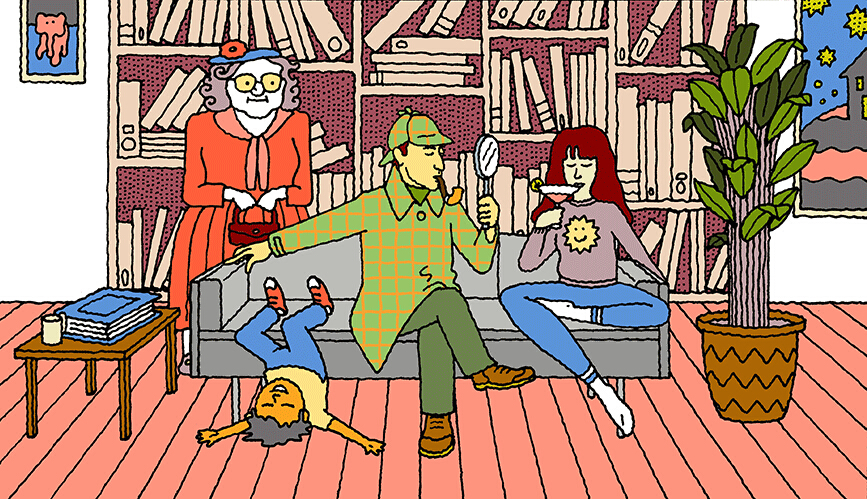
Extract your virtual magnifying glass and examine your lifestyle. How exactly do you plan to use your sofa? Will you settle into its soft embrace with a cocktail and a TV remote after a long day at work? Or will you reserve your interactions with it for more formal occasions—tea with your mother-in-law, for instance? Think of your sofa as a tool that does work for you. This work can be vigorously physical, like standing up to a daily onslaught of cushion-fort construction and demolition. Or it can be primarily visual, like perching daintily in the center of a picturesque room, batting its eyes and looking pretty. Either way, the goal is for your sofa to actively enrich your home life.
Some modern sofas offer a great initial image, but they just aren’t comfortable. And some are the other way around—at first glance they might appear to be quite restrained visually, but they sit great.
Clue 3: Deduce the Size.
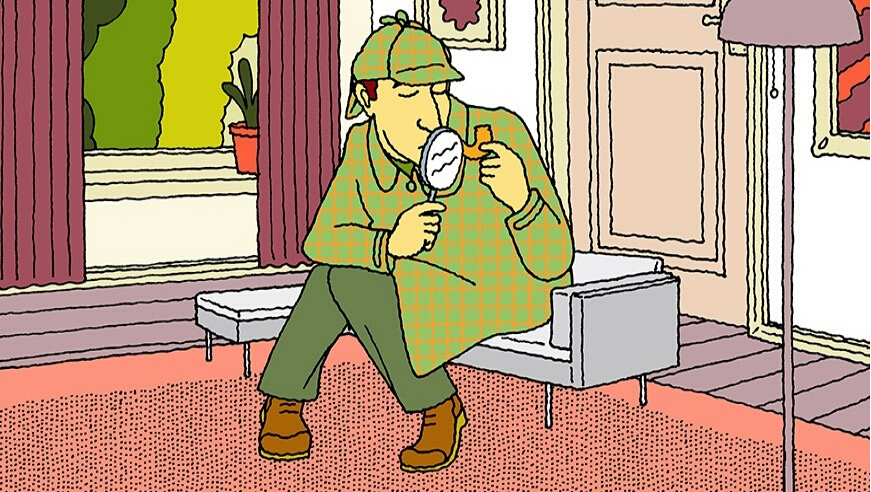
You probably already have a hunch on the scale of sofa that makes sense for you—but human intuition is often faulty when it comes to judging size. Say to your hunch: “Hunch, hear me out. What if we went for an L-shape?” Measure different sofa footprints and record the sizes with masking tape on the floor. Sometimes it’s easiest to get to the right size by ruling out the extremes. There is no need to rush this step. It may take an hour or it may take a week, but eventually you’ll deduce the sofa size that fits your lifestyle best.
A lot of consumers fall in love with a ‘look’ without understanding scale and context
Clue 4: Deduce the Ride.
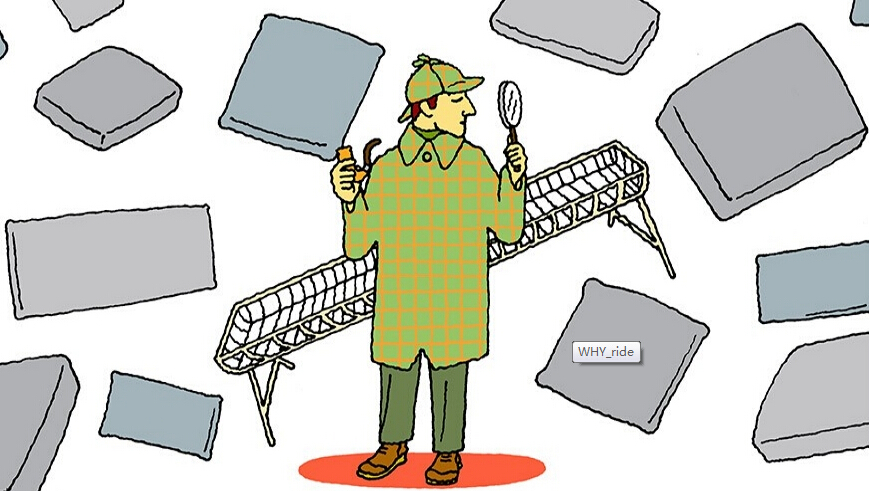
All sofas “ride” differently, and the difference is a product of how their components—their frames, suspensions, and cushions—come together as a unified whole. To determine which ride is for you, send yourself on a secret mission to a showroom. While inside, distract your mind for a while, so it won’t get in the way of your experiential evidence gathering. Ask it some deeply philosophical questions to keep it occupied: What lies beyond the stars? What existed before time? And what, exactly, is nougat? While it is busy processing these koans, quickly get your body to work. Sit in a sofa and pay attention to how your body reacts. Does it make you sit up straight, or do you find yourself nesting in and lounging? What feels right to you? Sofa designers develop different rides by layering materials with different physical attributes. Once your body tells you which ride feels best, invite your mind back and reassure it that it’s still in charge.
Like a car, all sofas can get you from point A to B but what sort of experience do you want to have along the way?
Clue 5: Deduce the Skin.
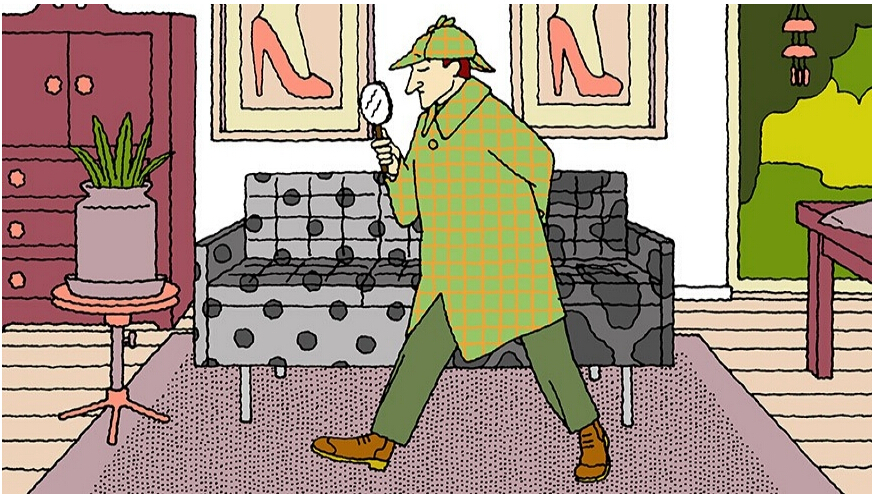
The hard work you’ve done up to this point sleuthing your perfect sofa’s style, function, size, and ride will pay great dividends as you deduce the most appropriate skin. Although there are countless options, let’s narrow the suspect list down to two major categories: fabric and leather. Fabric upholstery is available in a wide range of colors, textures, and patterns, but it can be prone to staining and incidental wear. High-quality leather typically lasts longer and is easier to clean, but it can show scratches more readily. Fabric generally costs less than leather at the outset, but it requires a bit more ongoing maintenance, which can eventually get expensive. If you’re expecting your sofa to last a decade and beyond, the cost differential between fabric and leather comes close to zeroing out, so focus more on how the different materials ride. Leather, for instance, doesn’t breathe as well as fabric and can turn ordinary trousers into Magic Heating Pants.
Your eye can get tired of loud designs very quickly, and then you’re stuck. Let your sofa complement the rest of the space—keep it simple and timeless. Simplicity doesn’t have to be boring
Clue 6: Deduce the Quality.
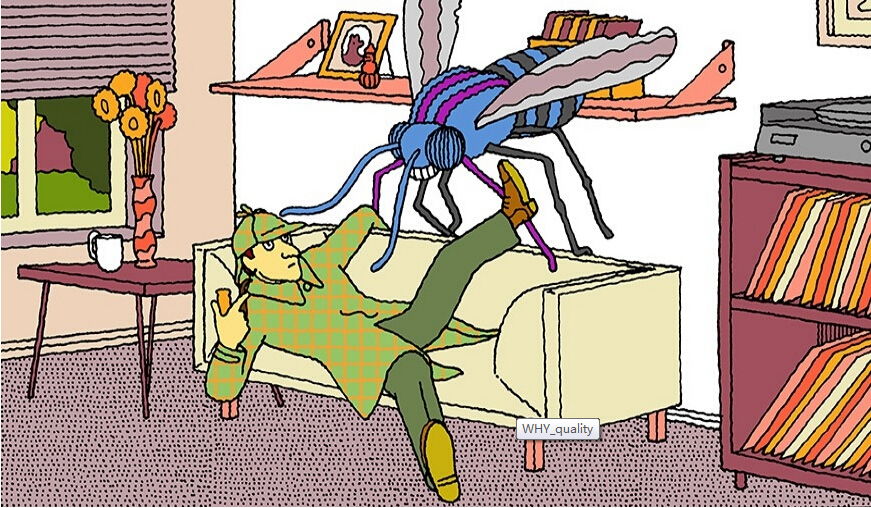
Now that you have an understanding of your perfect sofa’s skin, the plot thickens and the mystery deepens: it’s time to look for clues under the hood. Before you set your budget, it would be wise to understand how sofas are constructed, and how that construction makes a difference in performance. During this step, “interrogate” different sofas in a range of price points, for comparison.
Interrogate the Frame. The best sofa frames are constructed from kiln-dried hardwood or high-grade plywood, solidly connected with dowels and corner blocks. Sometimes, steel frames are used for extra stability. Test out the frame of a sofa you like by employing the Heavyweight Grudge Match Interrogation Technique. First, lift up a corner of the sofa and shake it a bit to see if the frame racks or stays rigid. Next get it into a firm headlock and shake it some more. See if it responds with solidity and grace or if it shimmies, shakes, and eventually says “Uncle.”
Interrogate the Suspension. The suspension is the dynamic structure that transfers your shifting weight from the cushions to the frame. Employ the Blustery Day Interrogation Technique. Sit on the sofa and pretend you’re trying to start a gas-powered leaf blower. Once you’ve powered it up, pretend you’re trying to use the blower to fend off a large winged insect that is trying to sting you. The suspension should feel sturdy and resilient as you writhe around.
Interrogate the Cushions. Look for cushions that layer different materials for the purpose of comfort and longevity. Employ the I Could Wait All Day Interrogation Technique. Sit and pretend you’re waiting at the DMV for them to call your number. While you wait, pay attention to how the cushions respond to your body. Better quality cushions feel dynamic—like they are sincerely interested in you staying comfortable for as long as it takes to get your license plates. Go ahead and unzip one and poke around inside. Look for high-density foam, wrapped with Dacron or down batting. Stay away from cushions comprised of monolithic foam and nothing else—they’ll look great for a few months, but will break down a lot easier.
I think in general the average consumer in America has become too accustomed to disposability. They settle for lower quality standards and then think it is normal to replace something five years later. We focus on quality construction and heirloom longevity.
Clue 7: Deducing Your Perfect Sofa.

The goal of the entire process up to this point—all the research, self-observation, and material interrogation—is to get you to slow down and realize that style, function, materials, comfort, and quality are all clues that you must interpret as a whole to help you solve the Case of the Perfect Sofa. The final clue is cost, and it’s just as important as the others—but not so important that it should completely dominate your decision. The Perfect Sofa is one that balances all of the attributes that you’ve deduced during the process—including this final step. There is usually a reason why a cheaper sofa costs what it does—and your diligent detective work along the way will likely rule it out as a Perfect Sofa suspect. It’s up to you to observe the sofas in their various habitats, seek out the clues that aren’t always visible at first glance, and find the balanced pattern of facts and preferences that will direct you to the best choice. Only then can you dramatically point to a guilty-looking (and altogether perfect) sofa and say “Aha!”
10:59 PM, and you’re kicked back on your Perfect Sofa at the end of a grueling day. Shoes off, book up. Your head is supported at an effortless angle, your back ingeniously braced. The Case has been cracked, life is sweet, and somewhere in the distance, a foghorn sounds, whispering a calming message: Sof-ahhhhh. Sof-ahhhhh. Your eyes close, and as the city drifts off to sleep, so do you.
Dan Maginn is a principal with el dorado architects in Kansas City, Missouri. A graduate of Tulane University in 1989, he has worked on a wide variety of residential, institutional, commercial and public art projects. He lives in Kansas City with his wife Keri, his son Lawson and three ungrateful cats.

